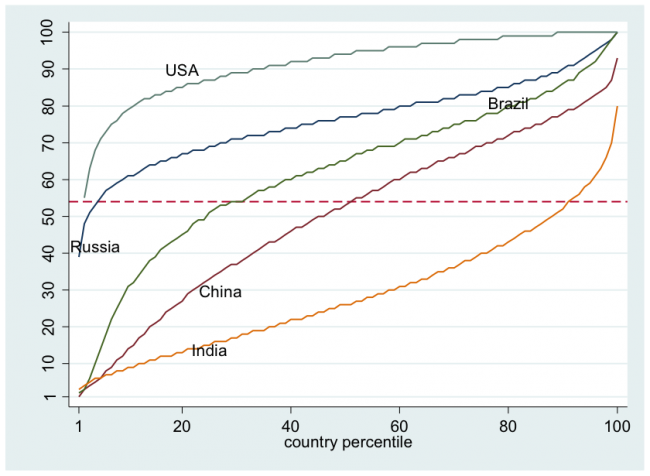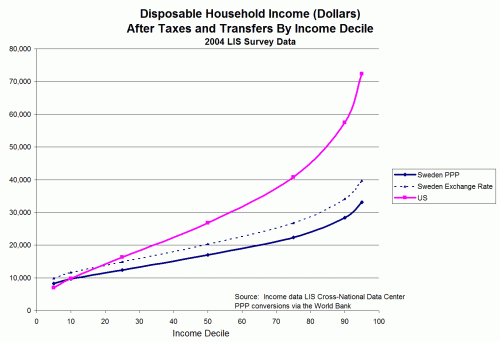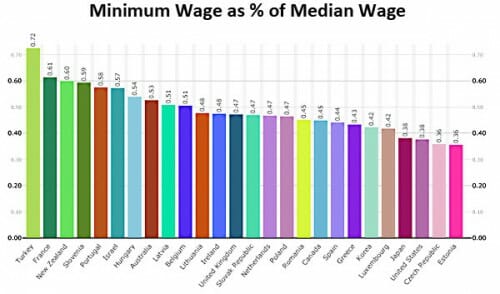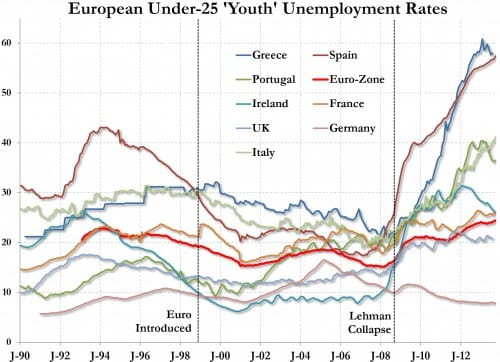Today, President Obama sort-of kind-of acknowledged a problem with Federal college student lending: Federal loans are doing nothing to improve the affordability of colleges, as colleges are just raising tuition in lockstep with increased lending, thus leaving students massively in debt for the same old degree.
His proposed solution is to somehow tie the availability of Federal funds to some type of government scoring system for colleges. The probability that this will do anything to reign in student debt is exactly zero. But it will potentially give the Feds another vehicle for control (similar to what Title IX has given them) of even the most mundane university policies. Why not, for example, give high scores to universities with the restrictive and politically correct speech codes this Administration favors, thus effectively denying money to students of universities that don't have Eric Holder-sanctioned speech policies?
If you think I am exaggerating, look at the recent Washington Monthly college rankings as a prototype for the Obama scoring system. In their system, colleges are ranked higher if they have a higher percentage of Peace Corps*** graduates, if more of their Federal work-study grant money is used for jobs at non-profits rather than for-profits**, and if their school reports more community service hours. This latter points to another issue -- a number of schools rank really low on community service hours, effectively all tied with zero. This is obviously a reporting issue. The Obama plan just about guarantees that universities will start to game all these metrics -- does no one pay attention to the fraud that has been found in the law school rankings?
They also have a ranking of the schools providing the best value. The good news, I suppose, is the school my son attends is #1. The bad news is that my alma mater Princeton is not even on the list. I found this odd, because while the authors explicitly laud Amherst's generous program that helps fund students through grants rather than loans, Princeton actually was one of a few schools that did this first (update: Princeton was the first school to eliminate loans from financial aid packages of low income students, and since has eliminated loans altogether from all financial aid packages. If you can get in, you can graduate debt-free).
It says this of Amherst:
It chose to tap its sizable $1.6 billion endowment to provide tuition discounts so generous that the annual net cost to students with family incomes below $75,000 is only $843, less than a third of the sticker price of a year at the average community college. Another elite liberal arts college, Williams, also makes our list. But instructively, none of the other prestigious, well-endowed private colleges and universities in America—not Harvard or Yale, Swarthmore or Smith, none of them—can make that claim.
Actually, we don't know if that last sentence is true because the authors left Harvard and Yale off the list entirely. My impression is that Princeton makes is very inexpensive for families making less than $75,000 as well, so I could not understand the claim -- perhaps even without debt the tuition charges to low-income families are still unreasonably high. But we will never know, because apparently Princeton is not even on the list -- not because it does not direct a lot of its endowment to need-based scholarships, but because it has only 10% students on Pell grants, and the authors decided that you could not be on the list unless that number was at least 20% "to make sure they aren’t just catering to the affluent." This just points to how quickly such a system gets politicized. What does "catering to the affluent" have anything to do with bang for the buck? If they really trust their methodology, they would have included these schools and if they are really just over-priced rich kids' playgrounds, that should have come through in the ranking. Instead, the author's have explicitly invented an unrelated criteria to weed Ivy League schools out, a criteria more related to admissions requirements than to financial aid requirements and affordability and value (the ostensible bases for the rankings).
By the way, if you want to get a really good laugh, this is supposed to be a value or "bang for the buck" ranking, but they only rank the costs. There is absolutely no ranking of "bang". Bizarre. It is as if any degree of any type from any institution is equally valuable. Which, by the way, is part of the problem in the student loan bubble -- just this assumption.
** This is EXACTLY the kind of incentive that will help pay off those future college loans -- lets make sure to encourage every student to work in non-profits rather than for-profits jobs.
*** Why the Peace Corps? Why not a myriad of other useful and productive occupations? If you want to have a service metric, why is Peace Corps there and, say, Teach for America not?






